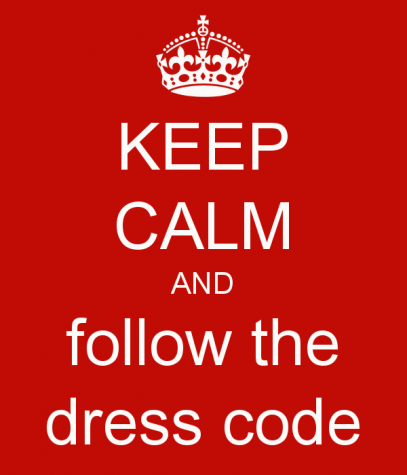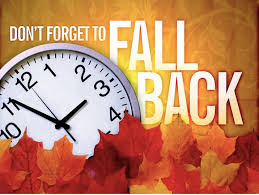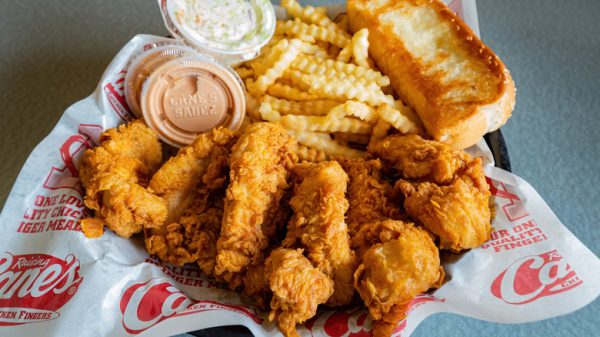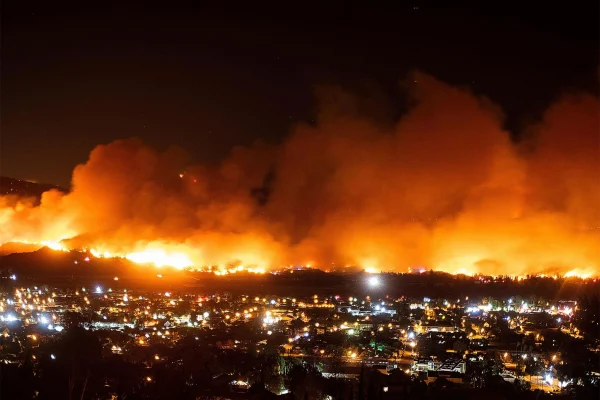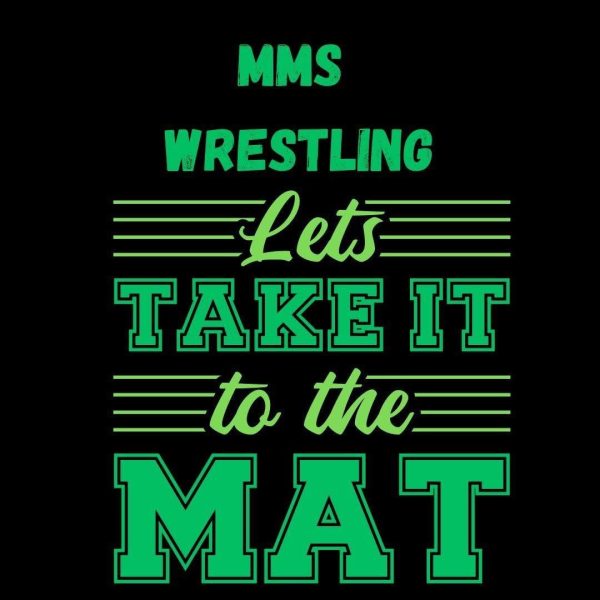A Closer Look at the MMS Dress Code
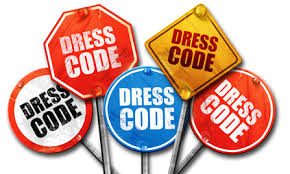
Ever wondered what’s really included in the school dress code? It’s tucked away on the Mayfield site, buried in a thirty-six page electronic student handbook. Some of the rules on the Mayfield dress code might surprise you or might make you think twice before you change the color of your hair to pink. Why do schools have dress codes? What’s the protocol for the dress code being violated? Is today’s dress code consistent or reasonable in comparison to the types of clothes students can find in stores?
The first dress code was created in 1969 by the US Supreme Court. The case, Tinker vs. Des Moines Independent School District began because students in high school were wearing black armbands to school to protest against the Vietnam War. The Supreme Court’s decision was that school’s could enforce dress codes limiting what students could wear. Even in 1969, there were concerns that without a dress code, students expressing themselves would disrupt learning or violate the rights of others.
To this day, the reason for dress codes are similar today. Mr.Destino explained why he enforced a dress code here at Mayfield Middle School: “The first R is Respect–of self,others and property.” And he went on to say, “I think it’s important to wear clothes that are appropriate for school.”
Most schools share this belief. According to the National Center for Educational Statistics, in the 2007-2008 school year 16.5% of public schools in the U.S. required uniforms, and 54% enforced a strict dress code. Common dress code items are hats, short shorts, skinny straps, and pajamas.
There are a lot of different opinions on the dress code. Eighth-grade teacher Mrs. Golem indicated her preference for one: “If you dress professionally then you are more inclined to act professionally, and your dress dictates your mood.” Student Leo Weissman said that he likes that there’s a dress code but added “it could be a little more strict.” In contrast, student Avery Fish said, “people are always telling you that’s it’s okay to be different, but at school you can’t wear the clothes that express yourself and make you different.”
What happens when the dress code is not followed? According to the student handbook, students should go to the office and change clothes. If a legal guardian can not bring a change of clothes, the student is to be secluded to a room for the rest of the day.
Considering the consequences, Joi Scruggs expressed, “I think that it’s fair, because if people break the rules there should be a punishment.” But Avery Fish said, “You are breaking a rule, but you should get a warning first, and if you do it again get a note home. It’s really hard for some parents to bring a change of clothes to school, so that should be changed.” Jenny Fu said, “the people that get called out feel embarrassed and probably feel personally attacked.”
But according to Mr. Destino, offenses rarely need to be addressed. Mr. Destino said that he felt that the students did a good job following the dress code. He added that it should be easier for kids to follow the dress code with the new air conditioning upstairs, because now it won’t be as hot and the temptation to wear tanks and shorts will be less.
What’s on Mayfield’s dress code? Take a look below and find out what you can and can’t wear to school. Does anything surprise you? Avery Fish laughed: “Bicycle shorts? Jogging shorts? I don’t know what those are.” She added, “I’m also surprised that it says that clothing at Mayfield Middle School should be attractive. Some people will think of attractive in different ways and that could lead to them wearing inappropriate clothes.”
Portions of the school’s dress code are outdated, confusing, and need to be updated to fit in with today’s fashion trends. For example, the school’s dress code requires shorts to be fingertip length when one’s hands are down to the sides, although it’s very tricky to find shorts that are that length. Longer shorts aren’t in style and therefore can’t be found in popular stores. Even if a student does locate these rare, long shorts, they don’t look good; they just don’t fit in with other fashion trends.
Also, there are a lot of strange items mentioned on the dress code: Bandanas? Headbands? Bicycle shorts? Some things, perhaps once popular or trendy, now seem plain ridiculous.
And, some items on the dress code go ignored. It bans “unusual hair color,” but there are several students in violation of this daily without consequence.
Similarly, “off-the-shoulder tops” and jeans with rips and frays are in style right now, and go unnoticed and unaddressed by teachers on a daily basis. This suggests that all dress code violations are not created equal. Some get overlooked while others land a student in the office.

A quick look at the home page of Hollister shows bared midriffs, bared shoulders, dresses and skirts that only fall mid-thigh, and ripped denim. If this is what is in stores, how do students, girls especially, dress for school?
So while the need for some code of appearance is clear in order to maintain a productive learning environment, it does seem the dress code may be due for some revision.
This is the Mayfield Middle School dress code, available in the Student Handbook, located on the “Students” tab of the Mayfield Schools website.
DRESS AND GROOMING
The school is the student’s place of business. Dress and appearance should reflect this attitude. In general, clothing at Mayfield Middle School should be attractive, practical and comfortable,
simple and modest. It should also be appropriate for participation in school activities and for the weather.
The school retains the right to rule against specific items of clothing and general appearance, which is sufficiently offensive or disruptive to impair either the student’s learning or the learning of other students. Examples of disruptive appearance may include unusual hair color, piercing, and extremes in dress.
Specific examples of attire determined inappropriate for school are:
▪ hats, caps or outdoor apparel worn during the school day
▪ tank tops with straps thinner than three finger widths
▪ see-through or mesh tops
▪ off-the-shoulder tops
▪ sunglasses
▪ low rider pants
▪ bare midriffs
▪ skirts/dresses with high slits
▪ pajamas
▪ sweatbands
▪ torn clothing
▪ bandanas
▪ clothing with socially unacceptable words or illustrations advocating the use of drugs and/or
illegal chemicals like alcohol
▪ tight fitting and/or scooped neck or low cut tops should be avoided
▪ metal studs on clothing or jewelry and chains are not permitted to be worn
▪ footwear should be safe and appropriate
Shorts must be appropriate. The following are examples of shorts determined to be inappropriate: all boxer shorts, jogging shorts, bicycle shorts, cut-off shorts or pants. Shorts and skirts must be at fingertip length when the student’s arms are extended downward at his/her side.
Any student who has inappropriate clothing will be asked to change clothes and a parent will be contacted if necessary. If a parent cannot be reached or is unable to bring in a change of clothes, and if another suitable alternative cannot be arranged, the student may be assigned to the exclusion room for the remainder of the day.
